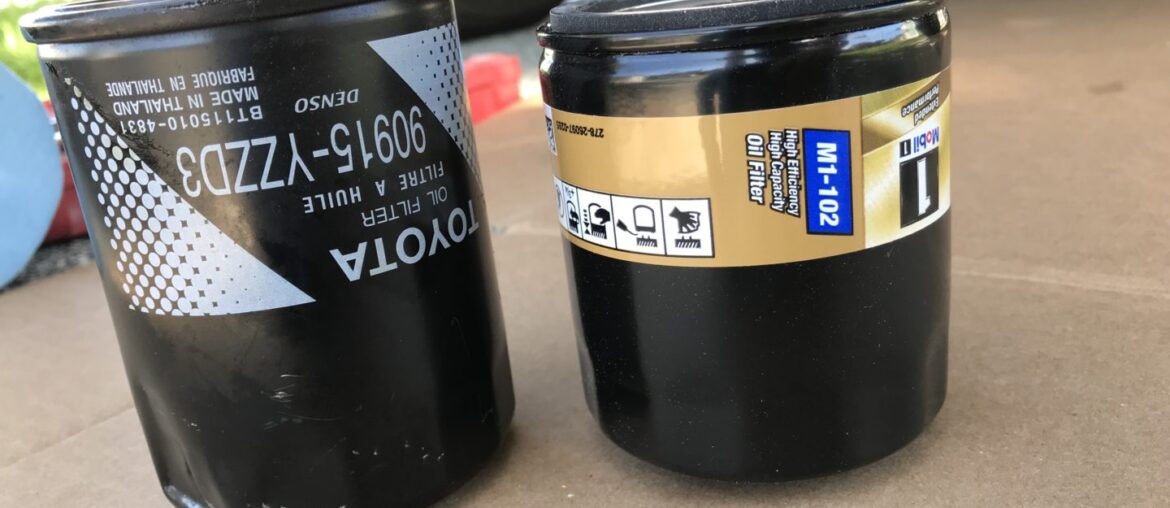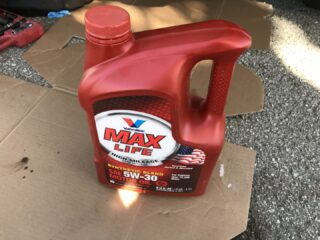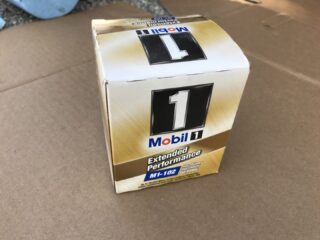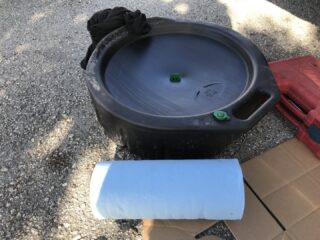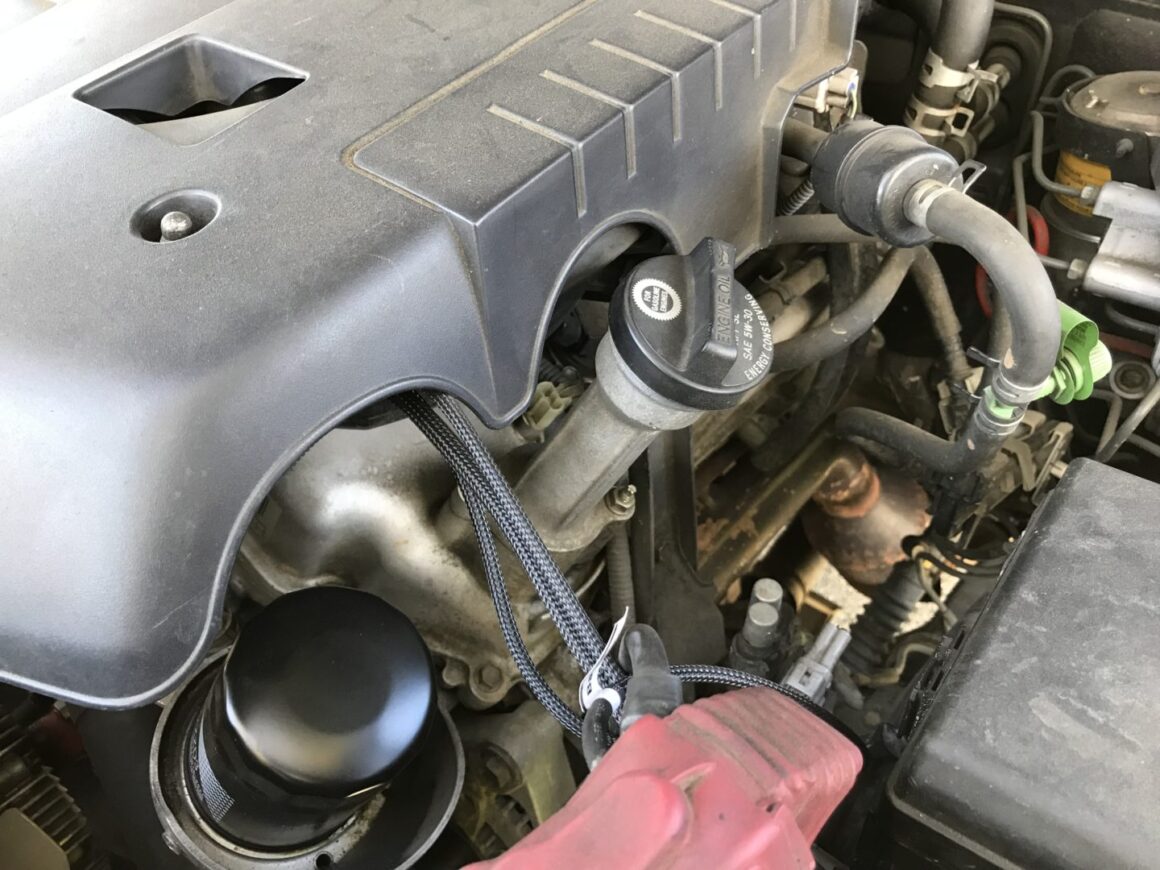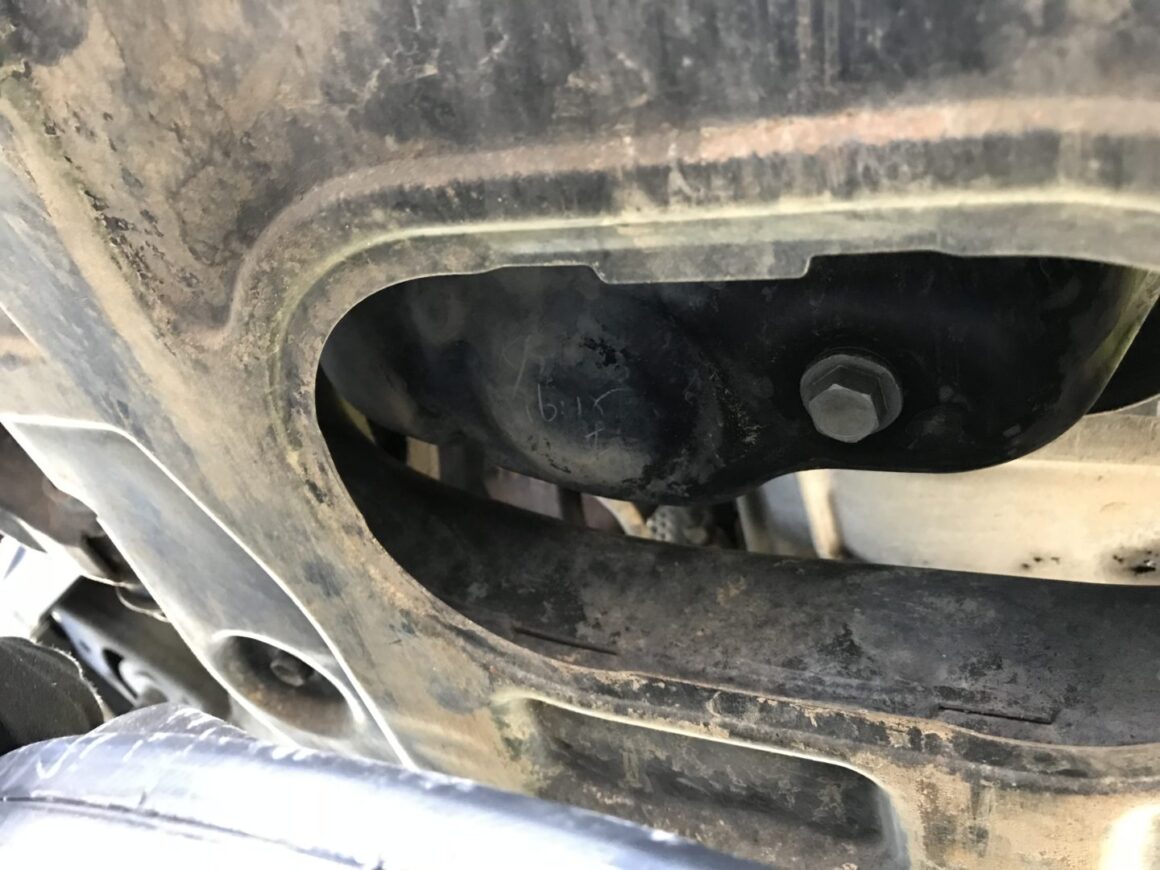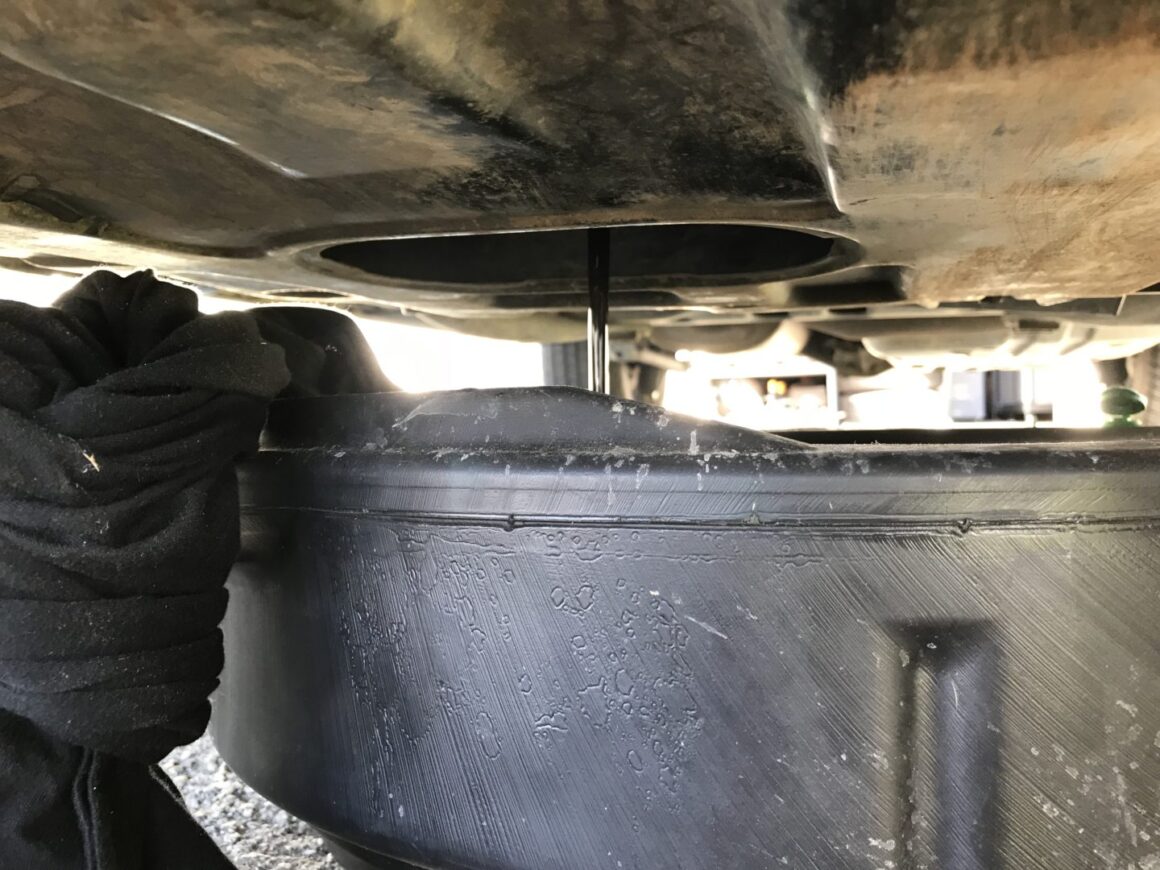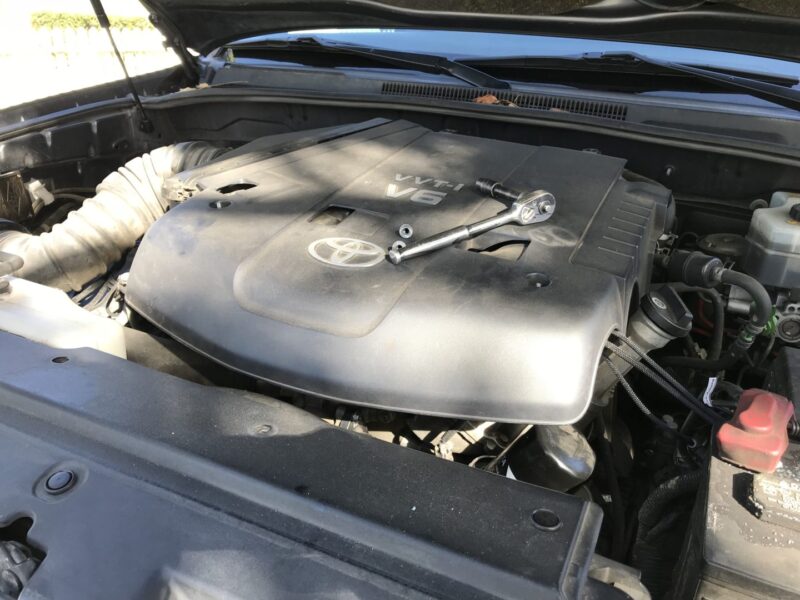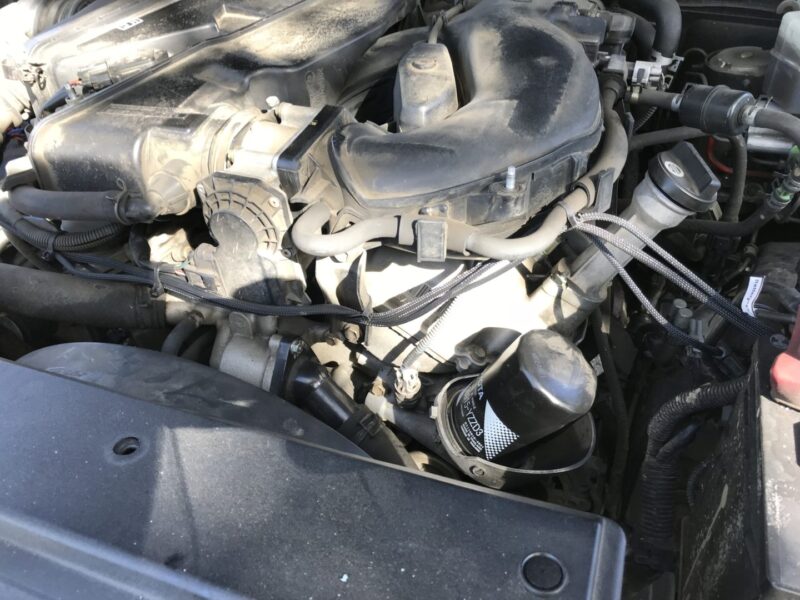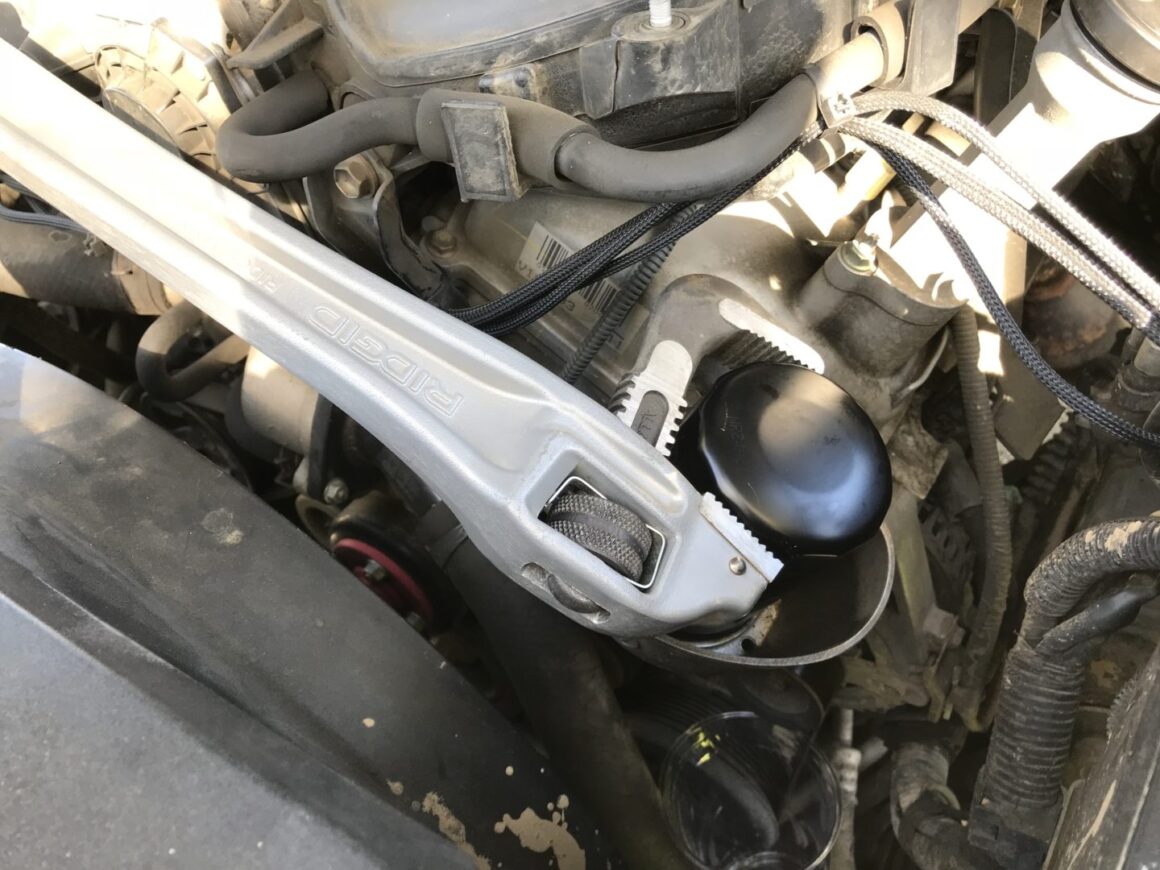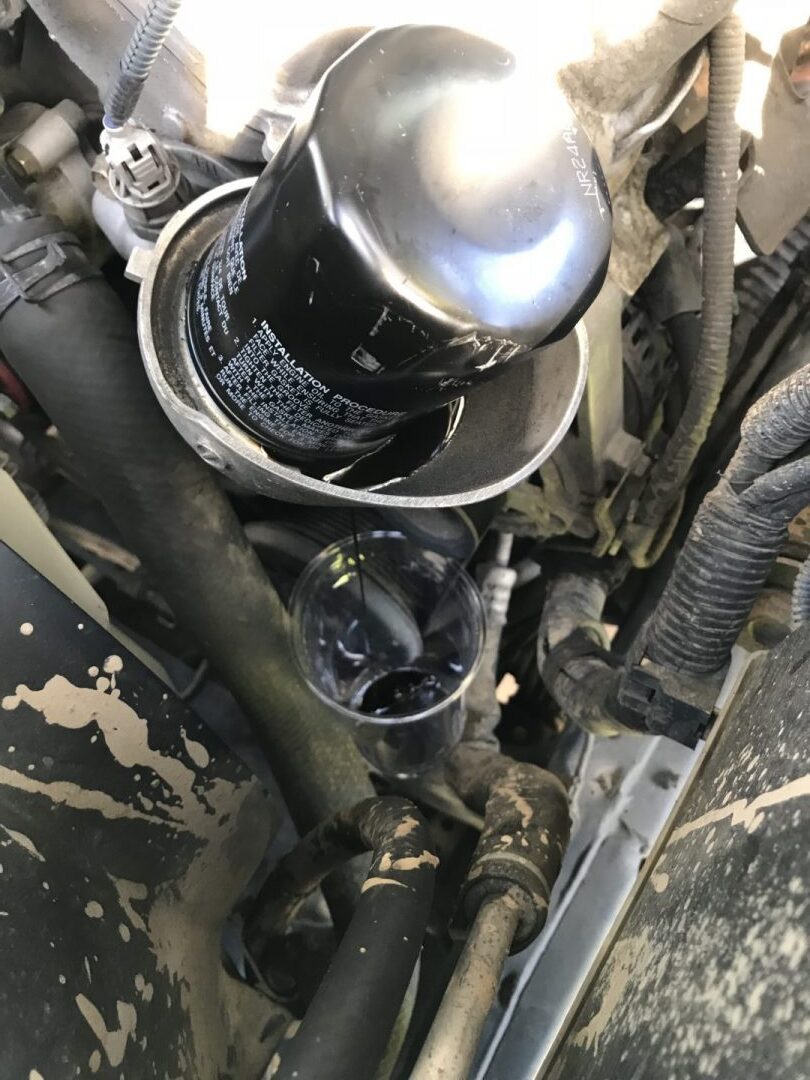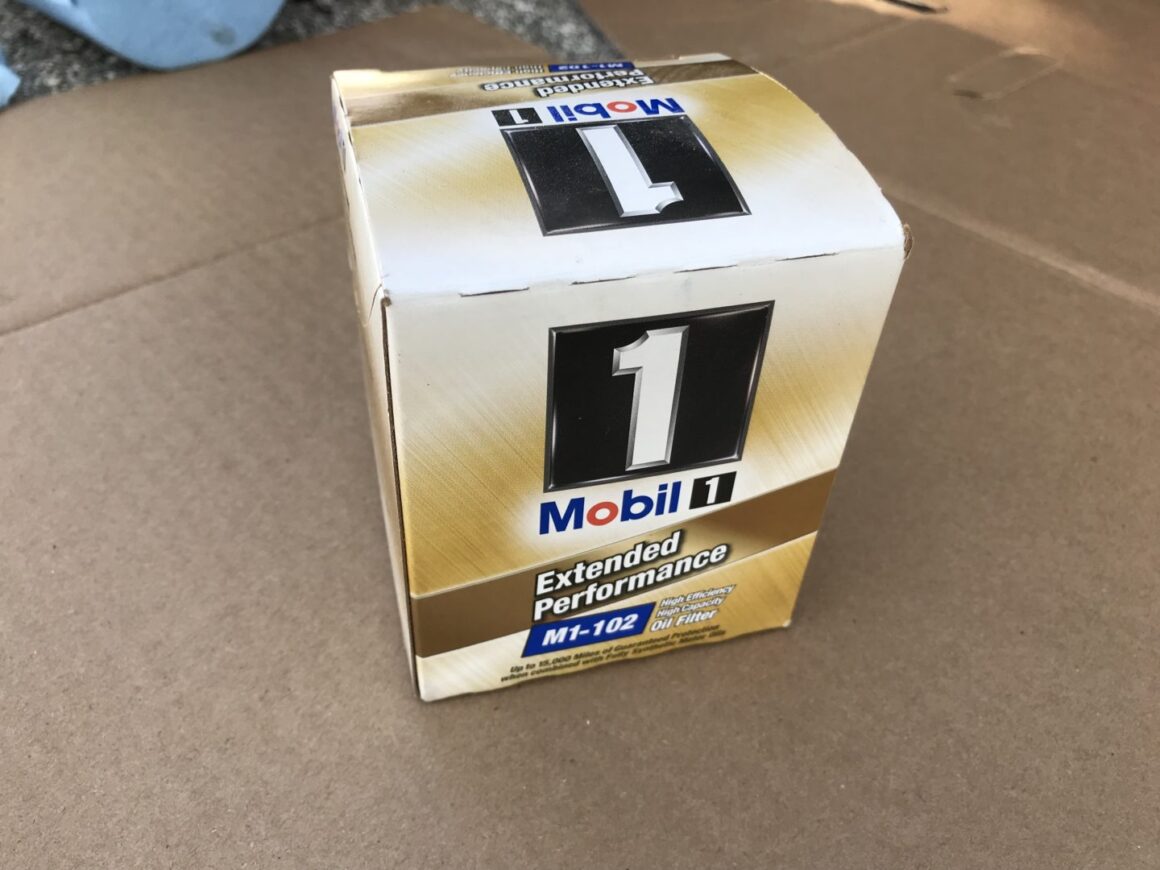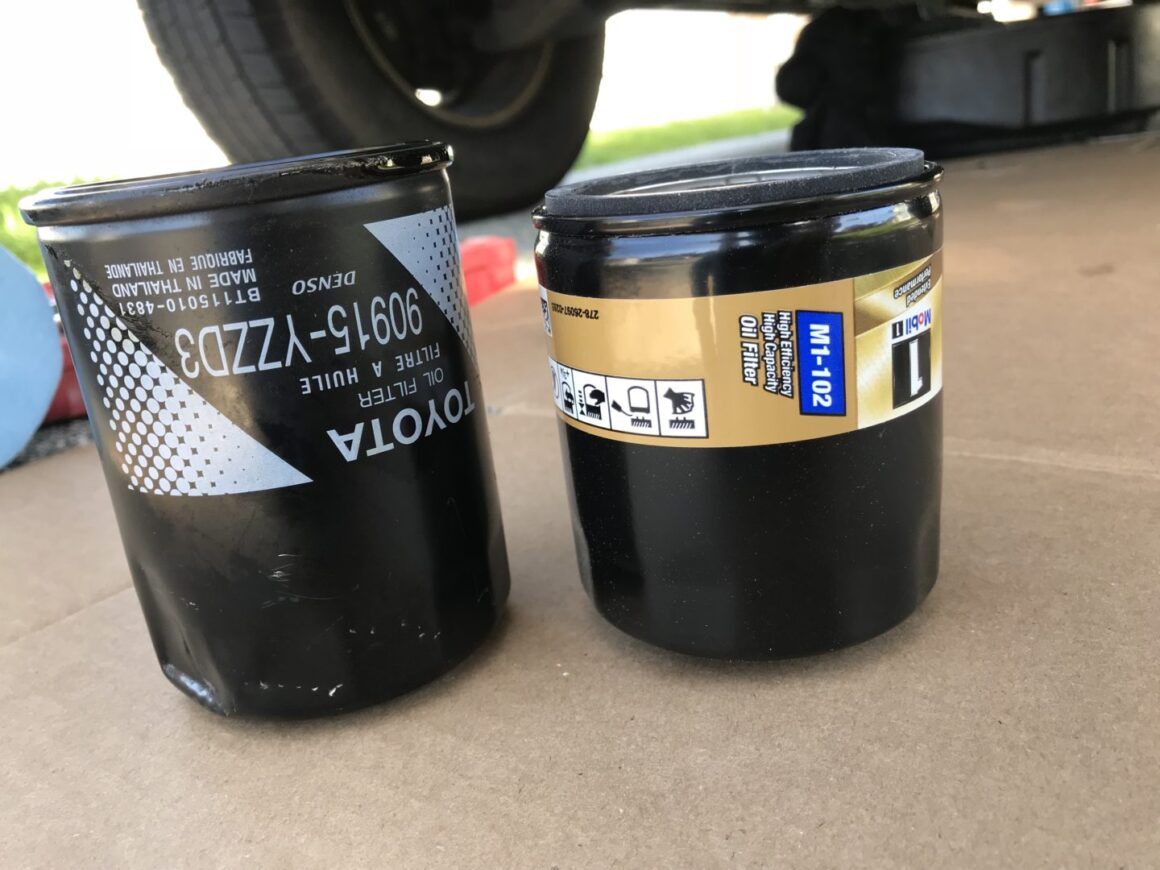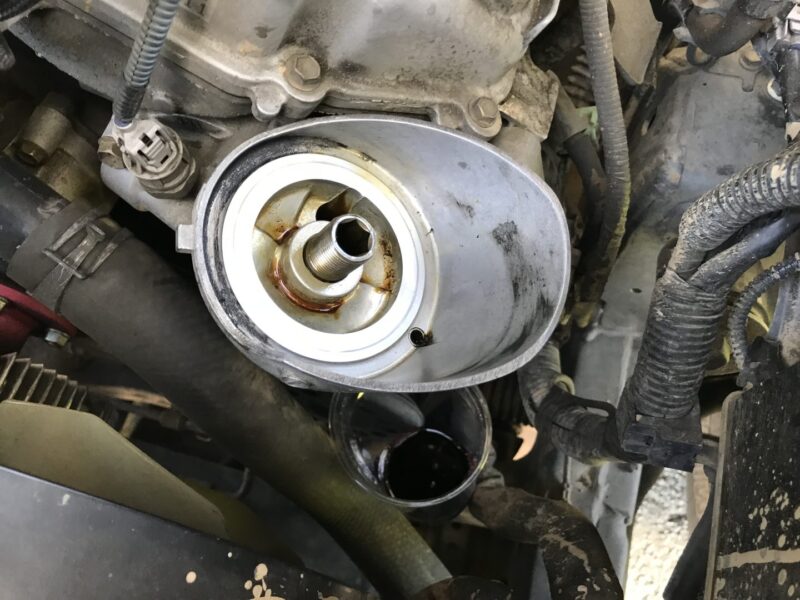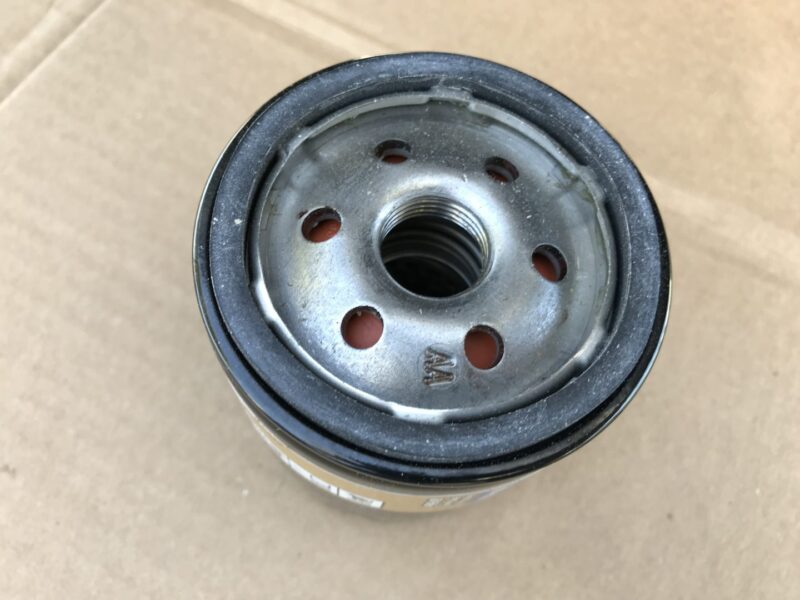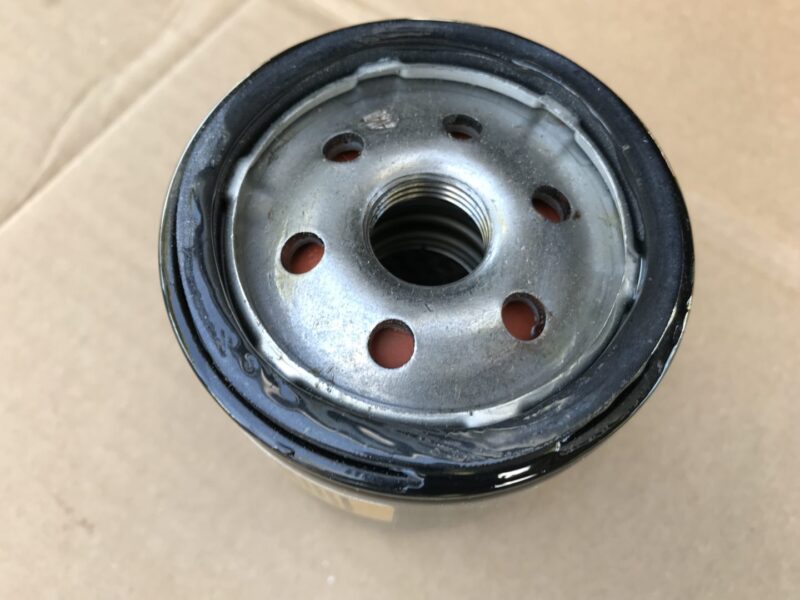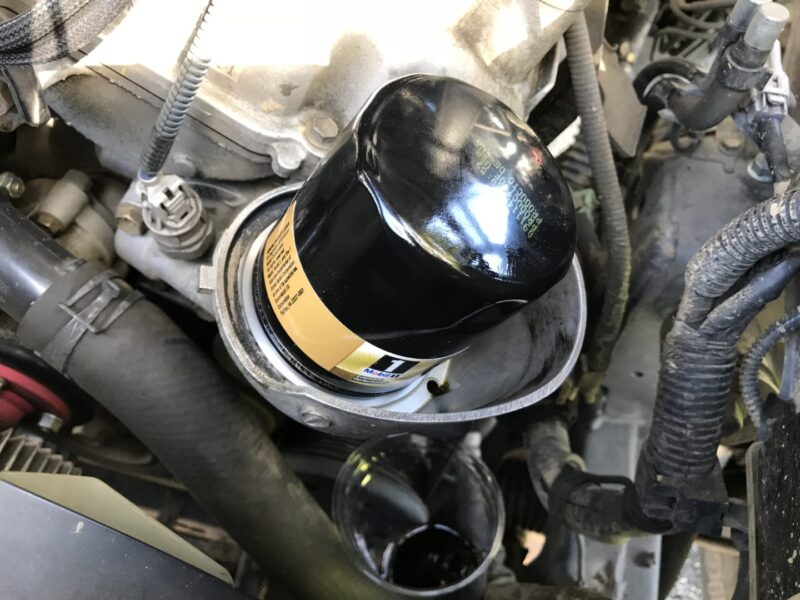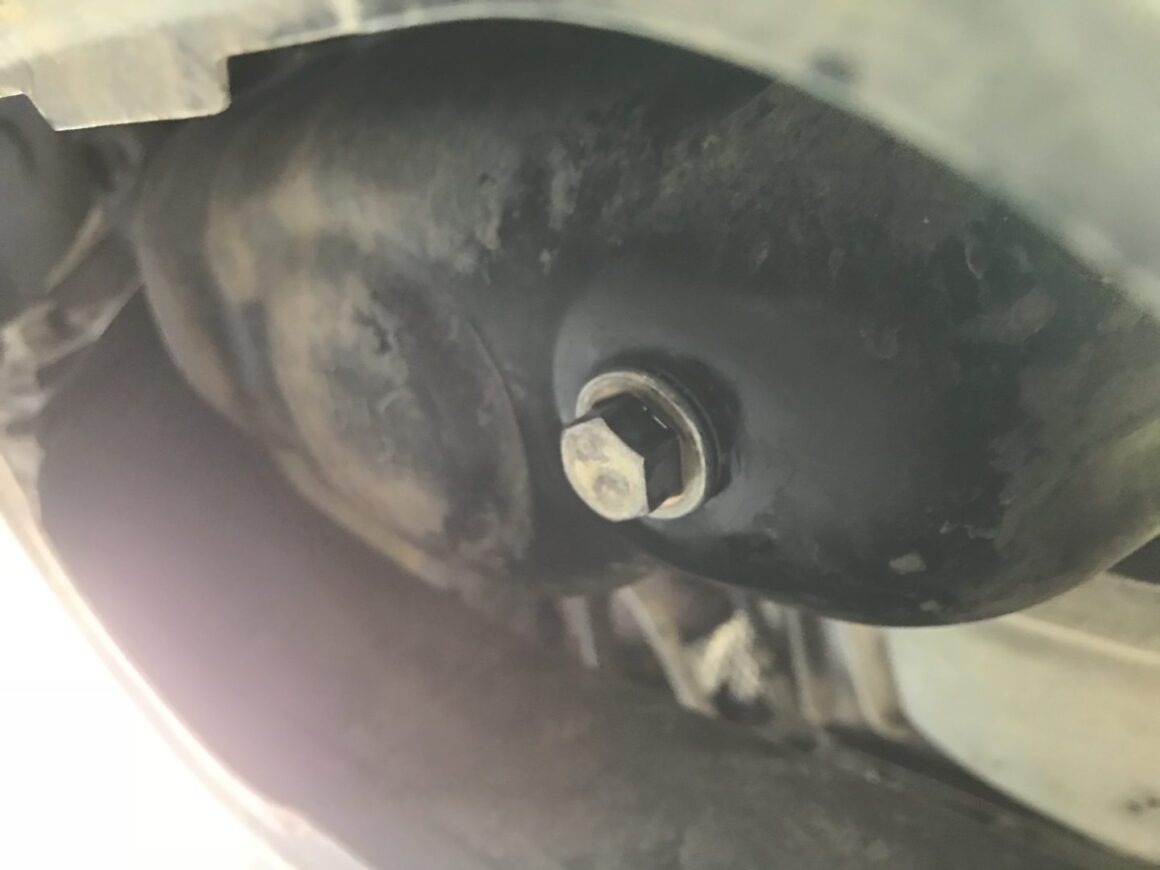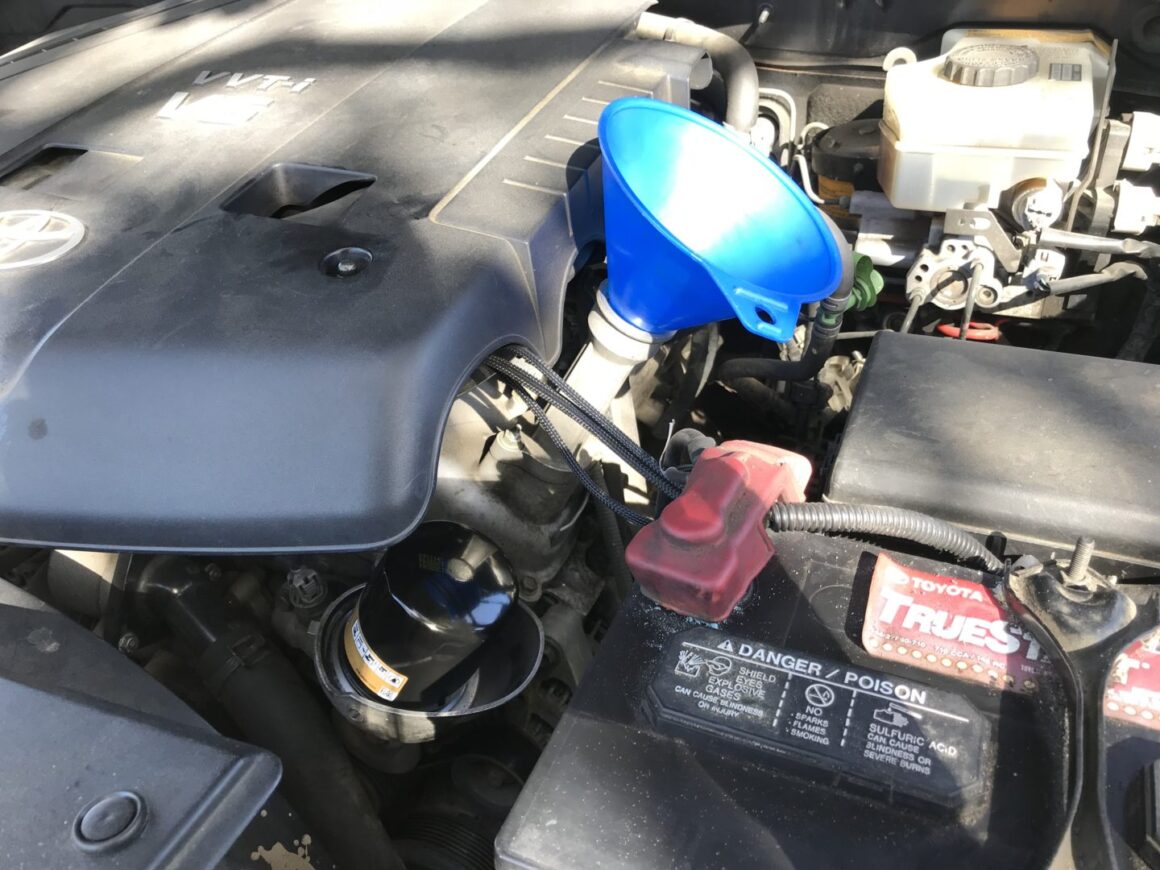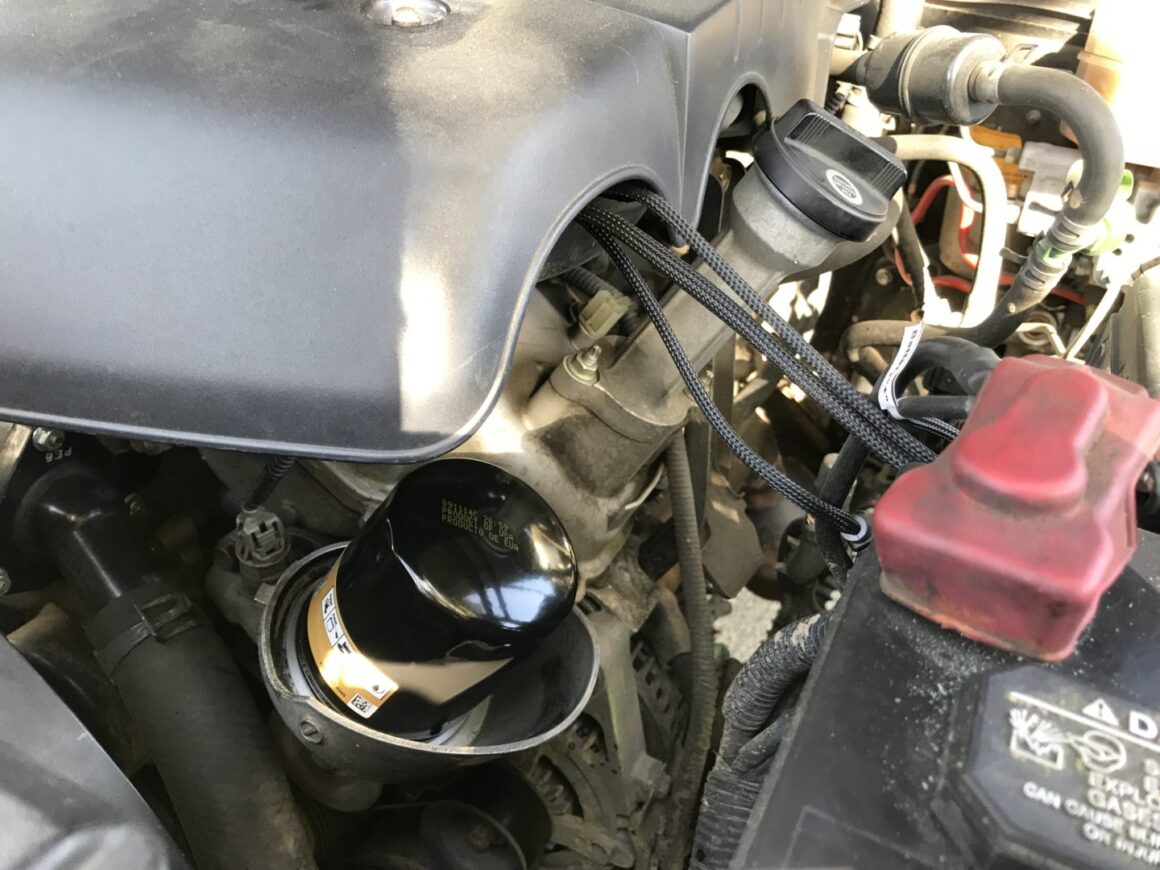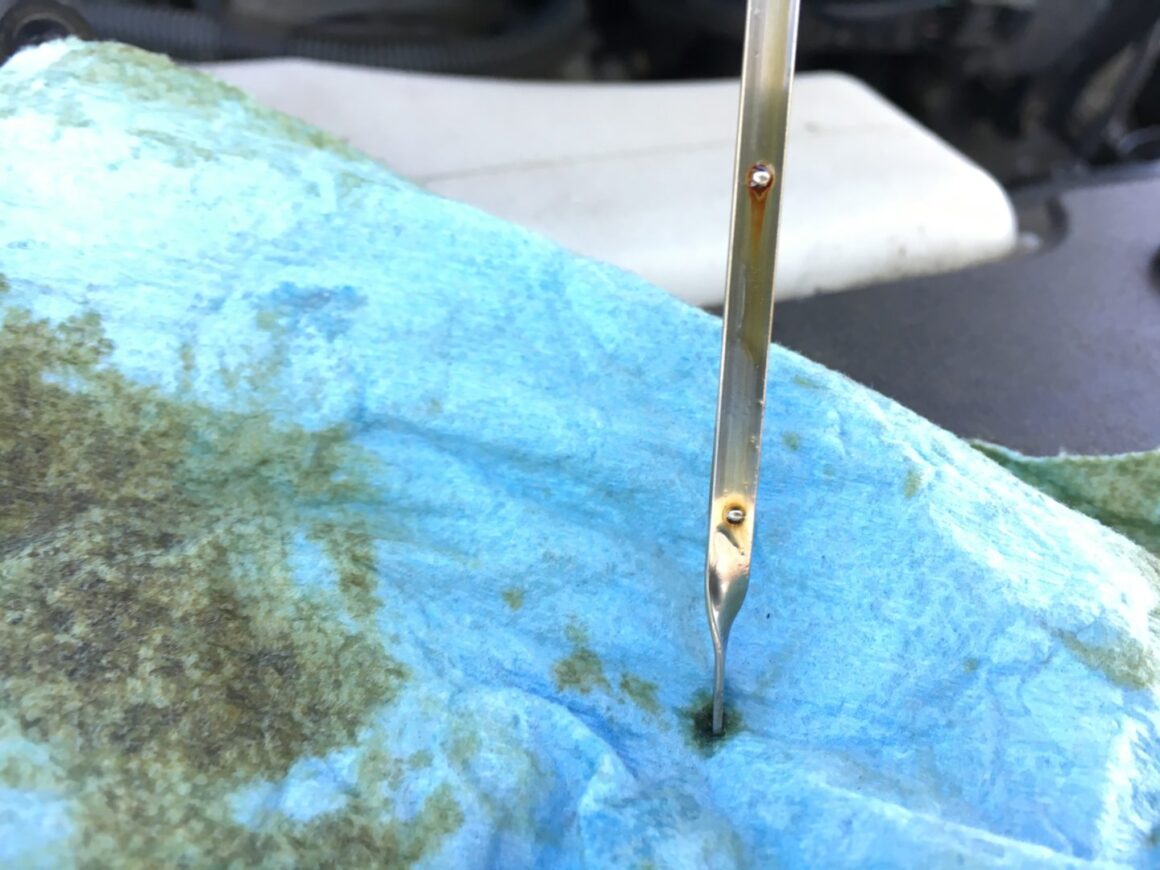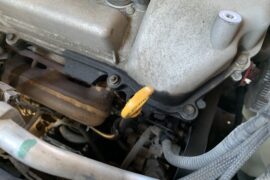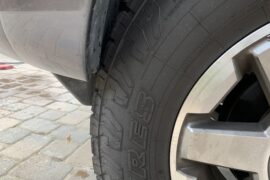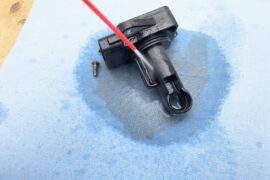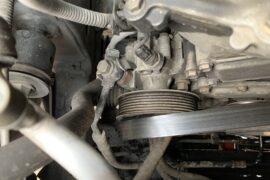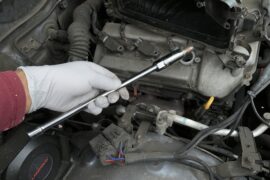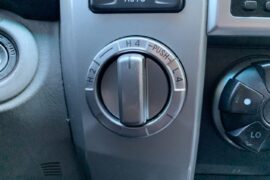When you make purchases through links on this site, The Track Ahead may earn an affiliate commission. Also, these posts are based off my own experiences. I am not responsible for any action you take as a result of reading this. Learn More
The Oil Change
The oil change is the bread-and-butter of car maintenance; it is the first thing you probably learned to do when you started working on your car. I’ve done countless oil changes on various cars and I think the oil change on the 4th Generation Toyota 4Runner is one of the easiest to do. First of all, the oil filter is accessible from under the hood of the car. Second, there is no need the jack up the car as the clearance is high enough to get under and remove the oil drain plug.
Recommended interval for oil/oil filter changes are typically at every 3 -5 thousand miles. However, with the multitude of oil types available, the required oil change interval can vary greatly. I normally use a part-synthetic motor oil and replace the oil and filter approximately every five thousand miles on my 4Runner.
Engine oil does two things: it helps reduce friction of moving and rubbing internal components by lubrication and it helps absorb heat that is generated from these moving parts. The oil filter takes the oil and filters out its contaminates, then moving the oil on to be used again.
Materials
Oil: Valvoline Max Life Synthetic Blend: 5w-30 (5.5 quarts with oil filter for 1GR-FE V6 engine)
Oil Filter: OEM Filter (90915-YZZD3) or Mobil1 M1-102
Oil Specifications
According to the owner’s manual for the 1GRE-FE V6 engine, the following specifications are provided:
Engine Oil Type: 5w-30
Engine Oil Capacity: 5.5 qt with filter, 4.9 qt without filter
Oil and Oil Filter Change Procedure
Start by removing the engine oil filler cap.
Remove the 14mm oil drain plug bolt.
Let that old oil flow out into a drain pan…
While the used oil is draining out into the drain pan, get to working on the oil filter. Start by removing the engine cover with the two acorn nuts.
Now you can see the oil filter that needs to be removed.
About 9 out of 10 times I try to remove the oil filter, I find myself unable to. Either the seal is too tight, or my hands are already too slippery from oil. I forgot who it was who showed me that if I was having trouble with removing an oil filter like the one shown above, I could hammer a screwdriver into the end of the housing and use that screwdriver as a lever arm to loosen the oil filter. I tried that a few times, but I realize there is a much easier way and safer way of breaking the seal loose.
My go-to method of removing the oil filter is a pipe wrench, which makes the job of breaking the oil filter loose incredibly easy. Obviously, I would only do this with the traditional type of oil filter like the one above. If we’re talking about a car that utilizes an oil filter element with a protective housing, I wouldn’t do the same.
As you loosen the oil filter, the oil still start draining out and leak out through the nipple beneath the assembly. I’ve seen some oil change procedures outlining the use of a plastic hose from the nipple underneath the oil filter assembly and running it down to the drain pan. I feel this is still a messy way of handling the oil that comes out of the oil filter, so I use another method.
I take a disposable cup and jam it between some hoses right beneath the oil filter housing so that it drips directly into it. As you remove the oil filter, the remaining oil drips into the cup.
My recommended oil filter is the OEM filter as I’ve found it to be one of the largest oil filters available (which is more indicative of having a larger filter element); you also normally can’t go wrong with OEM. However, this time around I realize I didn’t have any on-hand, but I did have a spare Mobil1 filter available.
The difference in size of the two filters is apparent in the below photo. If you go with other aftermarket oil filters, they may be even smaller than the Mobil1 oil filter.
Remove the existing oil filter, clean off any remaining oil sitting within the housing, and begin prepping the new filter for installation. Rub a film of new oil onto the new oil filter gasket so that it applies a nice seal when installing the new filter.
Hand-tighten the oil filter into place tightly. Bolt the drain pan plug back in and prepare to add oil back in.
Fill your selected engine oil back through a funnel into the filler tube. My 2003 4Runner is a V6 (1GRE-FE), which takes 5.5 quarts of oil when changing the oil filter.
Turn on the car and warm up the engine to allow the oil to work its way through the engine. After a couple minute, turn off the car and allow the oil to settle. Then, check the oil level again and add additional oil as needed. And we’re done!
It may take quite some time for the oil to settle. My experience with Toyota oil dipsticks have not been very good; they are very difficult to read. Furthermore, it seems the oil never completely settles down in order to read the dipstick properly.
At some point of the oil settling, the dipstick still looks like the following. The point at which that oil appears to have a halfway decent appearance of a horizontal line is where the oil level reads. The difference between the bottom and top markers on the dipstick is a difference of one quart.

